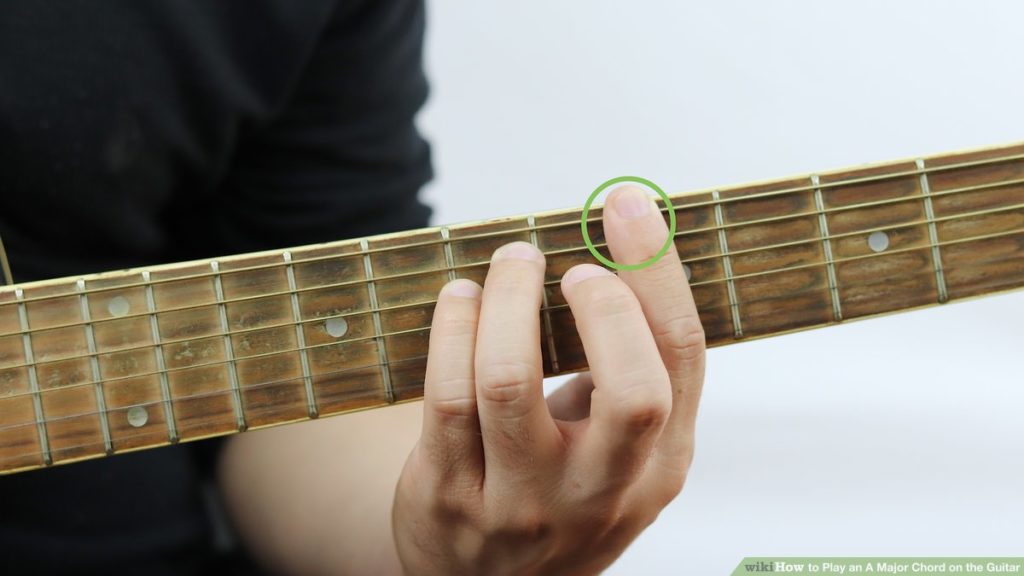Learning how to play barre chords can be a huge jump for people who are new to playing guitar. At first they can be quite tricky to play but, once you have them sussed you open up a whole new world of being able to play any chord anywhere on the guitar, in a number of different positions. So obviously they’re quite an asset to your playing once you learn how to play and use them.
This lesson we will start by going through the simple steps to forming and understanding barre chords.
Firstly, a ‘barre’ is a technique used in which you play more than one note, with just one finger lying flat across a fret. You could be ‘barring’ across the whole guitar, or just across a few strings, it depends on the chord you need to play.
Below you can see examples of a ‘barre’ played on its own without a chord shape played above it.
Barre Chord Shapes
To turn this into a ‘barre chord’, you simply play a chord above the barre. This could be any open chord that we looked at in the beginner stream. The first one we will look at is the E shape. If you look at the diagram below you should recognise the shape above the barre as an E major chord.

You will see that the two notes on the 1st and 6th strings are both played with the 1st finger and they are joined together by a line. This is your ‘barre’ using the first finger to bridge across the neck from the 6th string to the 1st string.
To use this shape to play any major chord all you do is move it up and down the neck. Where the barre is placed will determine what chord you are playing.
If you have the barre positioned on the 5th fret, your 1st finger will be touching an A on the 6th string. This means that you will be playing an A major chord.
If you place the barre on the 7th fret you will be touching a B with your 1st finger on the 6th string. This means you will be playing a B major chord.

The photos show you an A major chord at the 5th fret, and a B major chord at the 7th fret. Both use the E shape barre chord shown above.
So, as you can see a knowledge of the root notes on the 6th string are essential if you are going to able to work out where to play the shape in order to play the major chord you desire. Below is a diagram of the guitar showing you where all the natural notes can be found. For now, with the E shape, we will just be looking at the notes on the 6th string. Take a look and you will see that there is an A on the 5th fret, and a B on the 7th fret as explained earlier when finding the A major chord and the B major chord.
*just like the chord diagrams, the 6th string is on the left and the 1st string is on the right*
Finding the Correct Position…
So, if you wished to play a G major barre chord using the ‘E shape’, the first thing you need to do is find a G root note on the 6th string. Take a look at the diagram and you will see that the G on the 6th string is positioned on the 3rd fret. This is where you place the barre of the ‘E shape’.
So, to play a G major barre chord, play the ‘E shape’ at the 3rd fret.
Try and see if you can play the following barre chords using the ‘E shape’:
F major
C Major
D Major